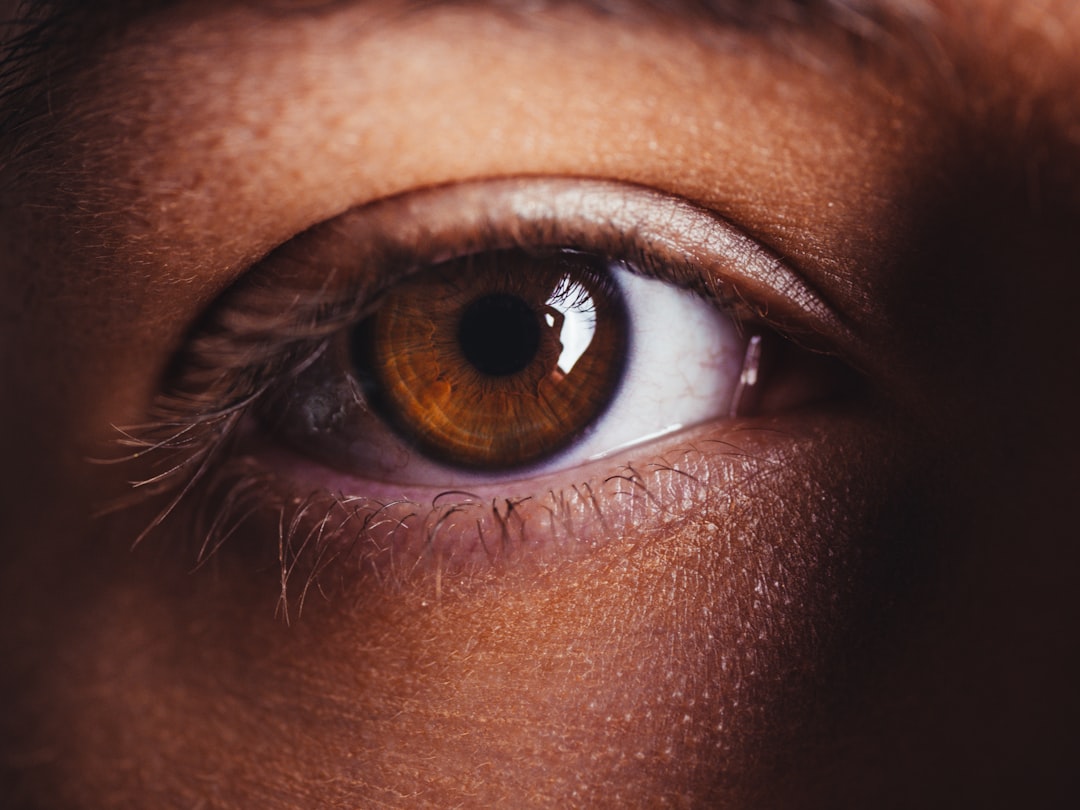 Photo from unsplash
Photo from unsplashOriginally Posted On: Myopia control in Miami in the context of the COVID-19 pandemic (eyedrmiami.com)
What is Myopia?
Myopia- or nearsightedness is a common refractive error. Without glasses patients essentially see blurry from far and well from close, sometimes very close.
Myopia is a topic of interest not because of the glasses part- wearing glasses is not a problem- but because myopia is associated with serious, sometimes sight-threatening ocular diseases.
Myopia, specially over -5.00 is strongly associated with retinal detachments, maculopathies, glaucoma. Those eye diseases have the potential for life long, irreversible eye impairment and blindness.
Therefore it is easy to understand why eye doctors and patients have an interest in keeping myopia levels as low as possible.
Over the last 20 years, we have noticed large increases in myopia prevalence around the world, especially in Asia. Myopia is a multifactorial condition. Risk factors for myopia include family history (if parents have strong prescriptions), and environmental conditions (exposure to sun light, near vision use)
This last point explains why we see more and more myopia. Over the last 20 years the digitalization of our world has an impact on how we and our kids use vision. Kids are exposed to screen at a young age, instead of looking far out, children live in an environment that ends at arms length. Myopia is thought to be an adaptation to that -very close- environment.
COVID-19 has accelerated that phenomenon. Many kids have/had to study from home. Those children went from casually using digital devices such as phones and tablet to being essentially full time on screen, from studying to playing.
What’s more, studies have showed the role of natural light exposure as a limiting factor for myopia progression. With kids stuck inside, there is a greater risk for myopia progression.
Given what we know about myopia and its risks, it is no surprise that eye doctors have studied ways to curb that problem.
While we still do not fully understand myopia progression, controlled studies (LAMP studies and ATOM studies for example) have proven that some myopia control techniques work: they include use of low dose atropine, orthokeratology lenses, special glasses and soft contact lenses.
Studies over the years have also showed what does NOT work. That includes under-correction of myopia or use of regular hard contacts. As a matter of fact, in one study, under-corrected children progressed faster than other groups.
As I stated, myopia progression is multifactorial. Certainly, binocular vision status and binocular vision anomalies play a role in myopia genesis. Unfortunately most of my US colleague focus more on myopia control strategies than myopia progression causes.
Before a myopia control management strategy is implemented, parents should ask for a binocular vision analysis. Parents also have a role at home in limiting exposure to myopia progression triggers.
What can parents do to limit myopia progression of their children?
-Limit screen time – that is a difficult battle for most parents. While we can’t recommend no screen time at all limiting screen time to a certain number of hours is certainly beneficial.
-Increase working distance: make sure your children not work/read/write too close. A good rule of thumb is to work at or over forearm length.
-Increase outdoor sun exposure / sports / activities where kids have to look far
-Find a doctor that recognize abnormal myopia progression. While it is normal for some children and teenagers to have increase in myopia as they grow up, it is important for providers to recognize when those increases are too important.
Which myopia control strategy is best?
For answers we have to look at controlled studies. In short, using low dose atropine yield similar results than using orthokeratology lenses.
Myopia control at my Miami office:
As someone who was a professor of clinical binocular vision for nearly 10 years, I spend some time trying to understand the underlying factors for each patient- and they are all different.
I personally do not like using contact lenses for myopia control, and here is why:
-Orthok lenses are expensive , they are not the most confortable, they are time consuming for parents as younger patients will need supervision.
-Soft contacts come with a risk of infection. It makes no sense to use them to mitigate one problem while potentially creating another, specially knowing there are less risky, easier and cheaper alternatives.
-In cases with children who have small amounts of myopia, I want them to remove their correction up close. This is easily achieved with glasses, not with contacts.
Note that in teenagers, it is possible to use regular daily disposable contact lenses along with atropine management.
We live in a digital world. Toddlers are given digital devices very early in life. Schools rely more and more on digital learning tools. It is no surprise that we see more and more myopia. A small amount of myopia with normal progression is not necessarily a concern. However children with more myopia or faster progression need interventions.
Myopia control in Miami is possible. You can make an appointment at our office if you are concerned about your kid’s vision. (appointments at www.eyedrmiami.com)
Dr Gilberg